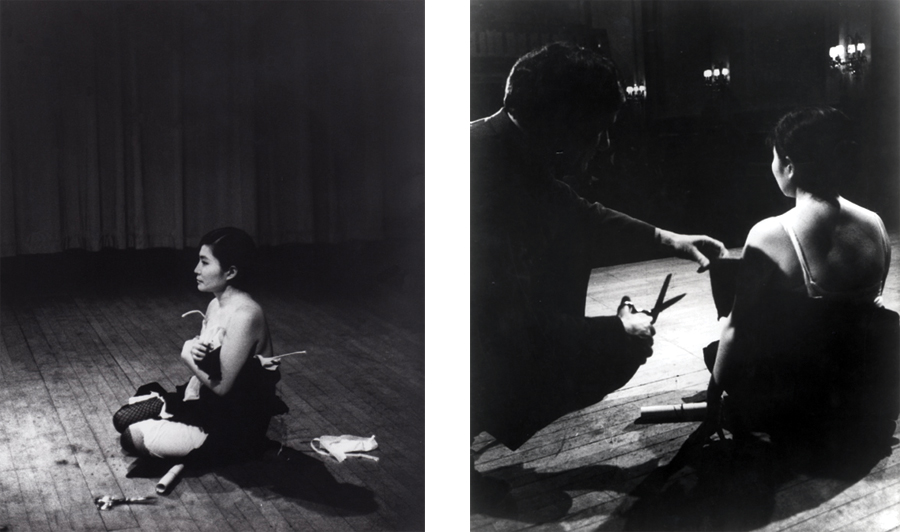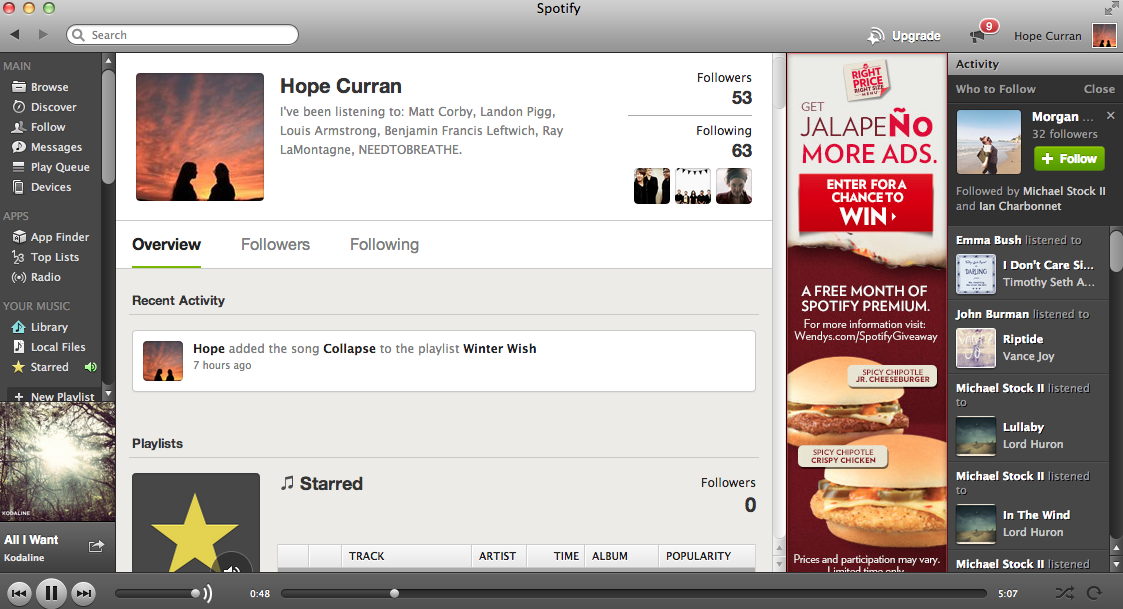Erkki Huhtamo "Trouble at the Interface or the Identity Crisis of Interactive Art" (2004)
Erkki Huhtamo discusses the genre of interactive art in his essay "Trouble at the Interface, or the Identity Crisis of Interactive Art". He mentions various artists who engage in creating "hands-on" per formative pieces that usually involve some level of technology. He says, "The 'roots' of interactive media and interactive art go back far beyond the era of digital technology.” It is when the spectator or viewer becomes the user or interactor and engages with a piece that the work becomes interactive art. It can be embowering, belittling, or challenging to go beyond the modes of normal spectatorship. Discussed in Art 7a- art and life with Kip Fulbeck, Yoko Ono's "cut piece" performed in 1964 is a prime example of interactive art. Often seen as performance art, she kneeled on the stage wearing nice clothing with a pair of scissors on the floor. The audience could approach the stage one at a time and cut bits of her clothes off and keep if they would like. It was her expression for a hope for world peace. It is interactive and allows a level playing field to anyone in the audience despite prestige or talent to partake in this piece of art. Ono is successful in her ability to allow and require the spectator to touch and experience the work. The concept behind her piece was to create a sort of equality and give pieces of herself (a very controversial and well known artist) to the world. Her method of engaging the spectator is unique and without modern technology but is under the genre of interactive art.

Lev Manovich
DATABASE AS A SYMBOLIC FORM
In Lev Manovich's paper Database as a Symbolic Form, he discusses the relation of data bases to narrative and the structure and order of technology that allows database to be sustained. Database is a structured collection of data organized for fast search and retrieval. One current example of this is Spotify- a popular music app that allows the user to at any time listen to any song or artist. This is a huge step in database storage compared to the 10-song CDs most people owned at some point or another. Something Manovich distinguishes is the competitive impulse both a narrative and database hold. Apart from cinema-, which tells a story-, most technology does not have a narrative goal or tendency. Most websites will never be fully finished. Even video games have algorithms that are repetitive and never tell a full unique story. What is fascinating about the Spotify app is the narrative it creates based on its function and form. It has an interactive interface that allows the user to create their own unique narrative over time by forming playlists. Although there are millions or more songs on the database, each user has the ability to narrate a story or create themes through choosing specific songs. Although spotify is not a specific artwork, it is a database that features many music artist and showcases individual music taste.

Ars combinatorial
Janet Zweig.
Jenet Zweig discusses types of combinatorial systems- permutation, combination, and variation. These are mathematical, symmetrical, and grouped. Symbols, maps, instructions, and often-religious patterns can be found to have these combinatorial systems. Artist Andres Amador uses sandy beaches as his pallet for creating beautiful and well thought out combinatorial art works. He uses geometry and architecture as his patterns. These scientific equations are carved out onto his sand canvas. The concept of mathematical combinations and variations is used... but the beautiful part is that the ocean takes away this earthscape art back and nature essentially wins!
Watch Amador's work!
